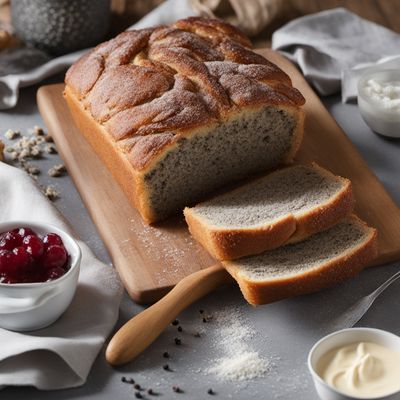
Ingredient
Cinnamon fern
"Nature's Spicy Delight: Exploring the Aromatic Cinnamon Fern"
Cinnamon fern, scientifically known as Osmunda cinnamomea, is a perennial fern that grows in moist woodland areas. It features tall, erect fronds with a cinnamon-colored central stalk, giving it its name. The fronds are composed of numerous leaflets, creating a feathery appearance. The taste of cinnamon fern is reminiscent of cinnamon, with a slightly spicy and earthy flavor. Its texture is tender and delicate, making it a versatile ingredient in both cooked and raw preparations. Visually, the cinnamon fern adds a vibrant touch to dishes with its rich green color and unique frond structure.
Origins and history
Cinnamon fern is native to North America and can be found in various regions, including the eastern United States and parts of Canada. It has a long history of use by indigenous peoples, who valued it for its medicinal properties and as a food source. The fern's rhizomes were traditionally used in herbal remedies to treat various ailments. Additionally, the fronds were consumed as a vegetable or used in ceremonial rituals. Over time, cinnamon fern has gained recognition in the culinary world for its distinct flavor and visual appeal.
Nutritional information
Cinnamon fern is a nutritious ingredient, rich in vitamins A and C, as well as minerals such as calcium and potassium. It is also low in calories, making it a healthy addition to meals.
Allergens
There are no known allergens associated with cinnamon fern.
How to select
When selecting cinnamon fern, look for fresh fronds that are vibrant green in color and free from any signs of wilting or discoloration. The fronds should feel crisp and firm to the touch. Avoid any fronds that appear yellowed or have a slimy texture.
Storage recommendations
To maintain the freshness of cinnamon fern, store it in a plastic bag or airtight container in the refrigerator. It is best consumed within a few days of purchase to enjoy its optimal flavor and texture.
How to produce
Cinnamon fern can be grown by planting its spores in a well-draining soil mixture and providing it with a moist and shaded environment. It requires consistent watering and regular misting to maintain the necessary humidity levels.
Preparation tips
Before using cinnamon fern, rinse the fronds thoroughly under cold water to remove any dirt or debris. The fronds can be used raw in salads or as a garnish, adding a unique touch to the dish. They can also be lightly sautéed or steamed to enhance their flavor and tenderness. Cinnamon fern pairs well with seafood, poultry, and earthy ingredients like mushrooms and root vegetables.
Culinary uses
Cinnamon fern is a versatile ingredient that can be used in various culinary applications. It can be used as a flavorful addition to salads, stir-fries, soups, and stews. The fronds can also be pickled or used as a wrap for steaming fish or vegetables, imparting a subtle cinnamon aroma to the dish.
Availability
Cinnamon fern is commonly found in the eastern United States, particularly in states such as Maine, New York, and Pennsylvania. It can also be found in parts of Canada.
More ingredients from this category
Recipes using Cinnamon fern

Icelandic-Inspired Creamy Oat Porridge
Nordic Morning Delight: Creamy Oat Porridge with a Twist

Assyrian Spiced Apple Delight
Assyrian Apple Spice Infusion

Potato Bread Farl with a Wallis and Futuna Twist
Tropical Potato Bread Farl: A Fusion of Irish and Wallis and Futuna Flavors

Makowiec - Polish Poppy Seed Roll
Heavenly Delight: Polish Poppy Seed Roll

Bahamian Coconut Bread Pudding
Tropical Delight: Bahamian Coconut Bread Pudding

Yatsuhashi - Traditional Japanese Cinnamon Sweet
Cinnamon Delight: A Sweet Taste of Japan

Crema del Re alla Cannella (Cinnamon Cream of the King)
Regal Cinnamon Cream: A Decadent Italian Delight

Macedonian-style Creamy Custard (Македонски кремави натиласи)
Velvety Macedonian Delight: Creamy Custard with a Twist

Bolo de Chila with a Twist
Pumpkin Delight: A Modern Twist on Bolo de Chila

Scottish Christmas Fruit Bread
Festive Highland Fruit Loaf
